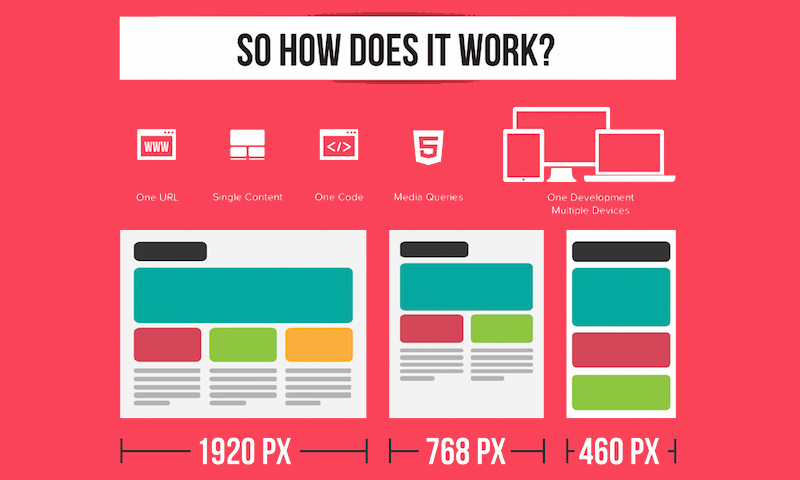The Advancement Of Website Design: From Past To Existing
The Advancement Of Website Design: From Past To Existing
Blog Article
Short Article Created By-Tobiasen Peters
In the past, websites were basic and focused on information. Navigating was straight, and design was for desktops. Now, customer experience is crucial. Data overviews designs for very easy navigation. Responsive designs match different gadgets. Today, dark setting lowers stress, and minimal menus boost navigating. Interactive attributes engage users, and vibrant visuals stand out. AI assimilation increases interaction. See exactly how layout has developed to enhance your online trip.
Early Days of Web Design
In the early days of web design, simplicity preponderated. Internet sites were fundamental, with minimal shades, fonts, and layouts. https://www.google.com/maps/place/Moon+and+Owl+Marketing/@32.9757271,-106.5344695,1840583m/data=!3m1!1e3!4m6!3m5!1s0x864ddeaa4179705b:0x488d41d2cc6b9750!8m2!3d32.9757271!4d-97.5696258!16s%2Fg%2F11b6mpccrg?entry=ttu&g_ep=EgoyMDI1MDIxMS4wIKXMDSoJLDEwMjExNDUzSAFQAw%3D%3D was on providing info instead of fancy visuals. Users accessed the web via slow dial-up links, so rate and capability were essential.
Navigating menus were straightforward, generally situated on top or side of the web page. Internet sites were created for computer, as mobile browsing wasn't yet prevalent. Material was king, and developers focused on easy readability over complicated layout elements.
HTML was the key coding language made use of, and designers needed to function within its restraints. Computer animations and interactive features were minimal contrasted to today's criteria. Websites were fixed, with little dynamic material or individualized individual experiences.
Increase of User-Focused Design
With the development of internet site layout, a shift in the direction of user-focused design concepts has actually ended up being increasingly noticeable. Today, developing web sites that focus on individual experience is essential for involving visitors and achieving organization objectives. User-focused design includes recognizing the needs, choices, and actions of your target market to tailor the web site's format, material, and includes as necessary.
Designers currently conduct thorough study, such as individual studies and functionality screening, to gather insights and responses straight from individuals. This data-driven strategy helps in creating instinctive navigating, clear calls-to-action, and aesthetically enticing interfaces that reverberate with visitors. By positioning the individual at the facility of the layout procedure, internet sites can provide a more individualized and satisfying experience.
Responsive style has actually additionally become an essential facet of user-focused layout, ensuring that sites are optimized for various tools and display dimensions. This versatility boosts access and functionality, satisfying the diverse methods customers communicate with web sites today. Basically, the surge of user-focused style signifies a shift in the direction of developing digital experiences that focus on the requirements and assumptions of the end customer.
Modern Trends in Web Design
Discover the current patterns shaping website design today. One popular trend is dark mode style, supplying a streamlined and modern-day appearance while reducing eye pressure in low-light settings. Another key fad is minimal navigation, streamlining food selections and improving user experience by concentrating on essential elements. Incorporating micro-interactions, such as animated buttons or scrolling impacts, can develop an extra interesting and interactive web site. Responsive design continues to be critical, ensuring seamless individual experiences throughout various tools. In addition, making use of vibrant typography and asymmetrical layouts can add aesthetic passion and accentuate certain material.
Integrating AI technology, like chatbots for client support or individualized recommendations, improves customer involvement and enhances procedures. Access has additionally become a considerable fad, with designers prioritizing comprehensive design practices to deal with diverse customer needs. Embracing sustainability by optimizing internet site performance for speed and efficiency is another arising fad in website design. Working together with individual feedback and information analytics to repeat and enhance layout constantly is vital for staying appropriate in the ever-evolving digital landscape. By accepting these modern patterns, you can develop an aesthetically enticing, easy to use internet site that resonates with your audience.
Verdict
As you assess the advancement of site design from the early days to now, you can see exactly how user-focused design has become the driving force behind modern-day patterns.
Welcome the trip of modification and adaptation in web design, always keeping the user experience at the center.
Keep existing with the current patterns and innovations, and never ever stop evolving your method to create aesthetically magnificent and user-friendly web sites.
Develop, adjust, and produce - the future of website design remains in your hands.
